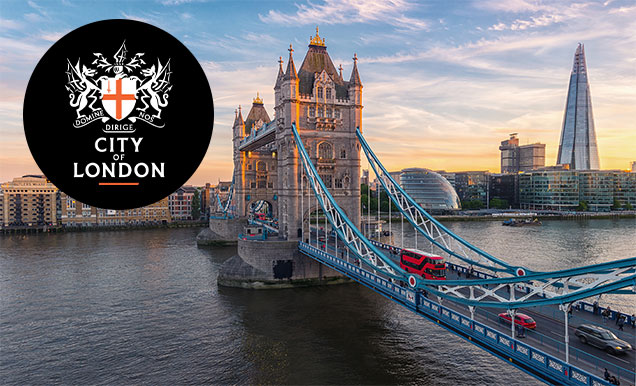London landmarks use Dorset solar farm energy

Popular iconic London landmarks including Tower Bridge, the Barbican Centre, Smithfield Market, the historic Guildhall, and the famous Old Bailey, are all to go Green using power generated on a solar farm in Dorset.
A field of photovoltaic cells just outside the village of Spetisbury is going to become the Renewable powerhouse at the heart of the Square Mile City of London. Known as the South Farm, and with more than 93,000 solar panels installed (and accompanying photovoltaic cables!), the site will have a capacity of 49.9 megawatts; equivalent to the annual electricity consumption of about 35,000 people and enough to power 15,000 homes. A Power Purchase Agreement (PPA) has been signed, ensuring all the power generated on site over the next 15 years will be bought by the City of London Corporation.
The facility has only recently been completed, with go-live tabled for 1st January 2023. At this point, it will begin to provide more than half of the City of London Corporation’s electricity while saving an estimated £3 million in energy costs. Given the sky-high energy costs currently being experienced in the UK, this solution is a timely and welcome addition to their green energy profile.
With the City of London Corporation as the governing body for the Square Mile, it is also a major London public services provider, running schools, social housing, open spaces and wholesale markets across the square mile, all of which will also be powered from the Spetisbury solar farm, they have made a clear commitment to becoming more environmentally sustainable: Slashing fossil fuel use through the use of Renewable energy is a big step in the right direction. The City has committed to achieving Net Zero by 2040 - 10 years sooner than the Greater London Authority which regulates the rest of London.
As London and other major cities around the world push ahead with their commitment to the Paris Accords, to reducing Greenhouse Gas emissions and to reaching Net Zero, so we expect to see an ever-increasing list of similar projects - particular once this first-of-its-kind agreement demonstrates value on both sides. Currently, many operations will look to hyper-local solutions - solar panels on their roofs for example, like we've installed to generate as much electricity as we consume annually - but being able to upscale and utilise facilities and agricultural / brownfield sites further afield and harness specifically for high density areas where other solutions would be challenging seems like a game-changer! What's next - ringfenced offshore wind farms? We'll wait to see!